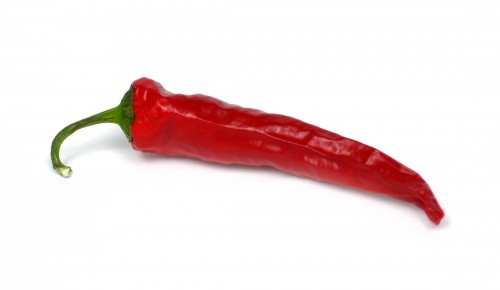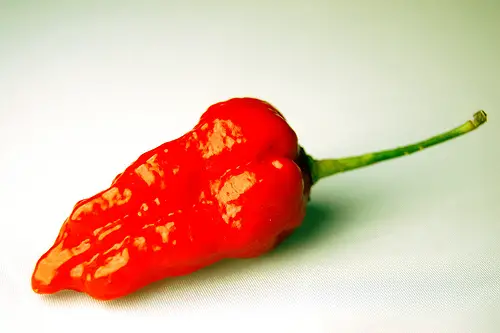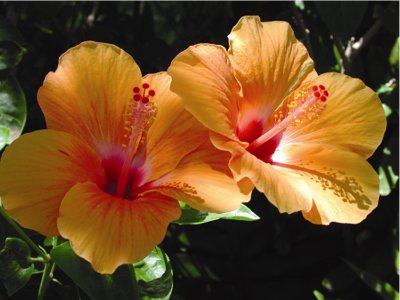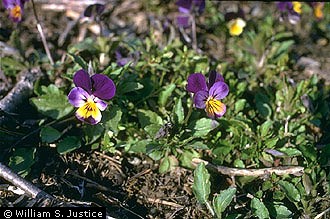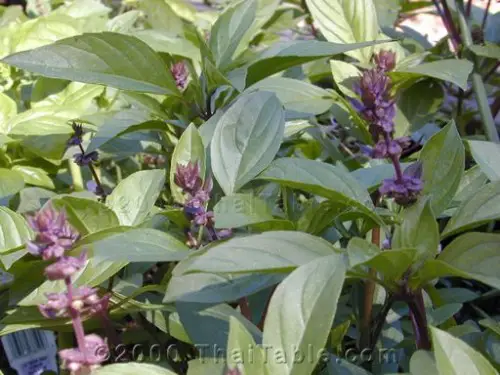Chili Pepper
The Chili pepper is a fruit that is from the Capsicum genus. Although technically the fruit of capsicums are called berries, peppers are considered vegetables. They were originally from the Americas. After the Columbian Exchange took place, numerous cultivars of the chili pepper spread across the world for both medicinal and food purposes.
The Chili pepper has been a part of human diets in the Americas since 7500BC. There is even archaeological evidence that chili peppers were domesticated in southwestern Ecuador over 6000 years ago. It was also domesticated in different parts of Central and South America. They were also one of the first cultivated crops that were self-pollinating in the Americas.
One of the first Europeans to encounter them was Christopher Columbus. He encountered them in the Carribean, and called the peppers as they tasted similar to black peppers. After Columbus, chilies were cultivated worldwide. On Columbus’ 2nd voyage to the West Indies in 1493, Diego Alvarez Chanca who was a physician, brought the first chili peppers back to Spain and wrote about their medicinal effects 1 year later.
From Mexico which was a Spanish colony at the time, it spread rapidly to the Philippines which was another Spanish colony. After that, it spread to China, India, Korea, and Japan as part of their local cuisines. However, another alternative account is that the Portuguese got the chilies from Spain and cultivated it in India. This is how vindaloo came about, as it is actually an Indian interpretation of a Portuguese dish.
However, in 1995, an archaebotanist published in Svensk Botanisk Tidskrift that the chili peppers existed in Europe before pre-Columbian times. Apparently there was a dig at St Botulf in Lund that found a Capsicum frutescens from the 13th century. He thought that it came from Asia but also claimed that the Greek Theophrastus (370-286 BCE) and the Roman poet Martialis mentioned the chili pepper in their works.
Chilies are measured by their insentiy when they are ingested or applied topically. They are measured by ‘heat’ in Scoville Heat Units (SHU). SHU is a number of times that the chili extract must be diluted in water in order for it to lose its eat. Bell peppers rank 0 SHU, jalapenos at 3000-6000 SHU, and habaneros at 300,000 SHU. However, the hottest chili pepper recorded by the Guinness World Records is the naga jolokia from northeastern India, which measures a whopping 1 million SHU! Pure capsaicin measure 16 million SHU!xy solid at room temperature, measures 16,000,000 SHU!
